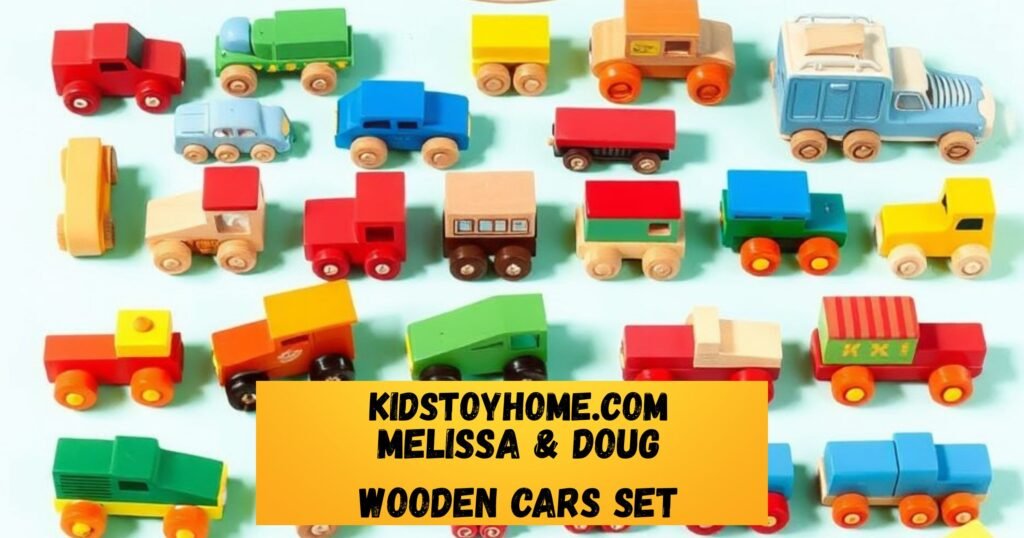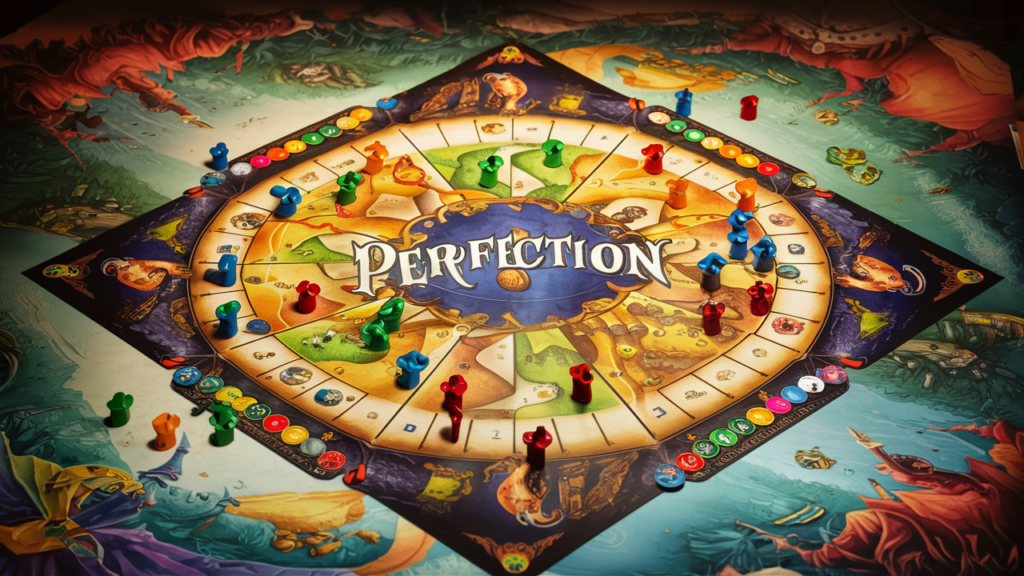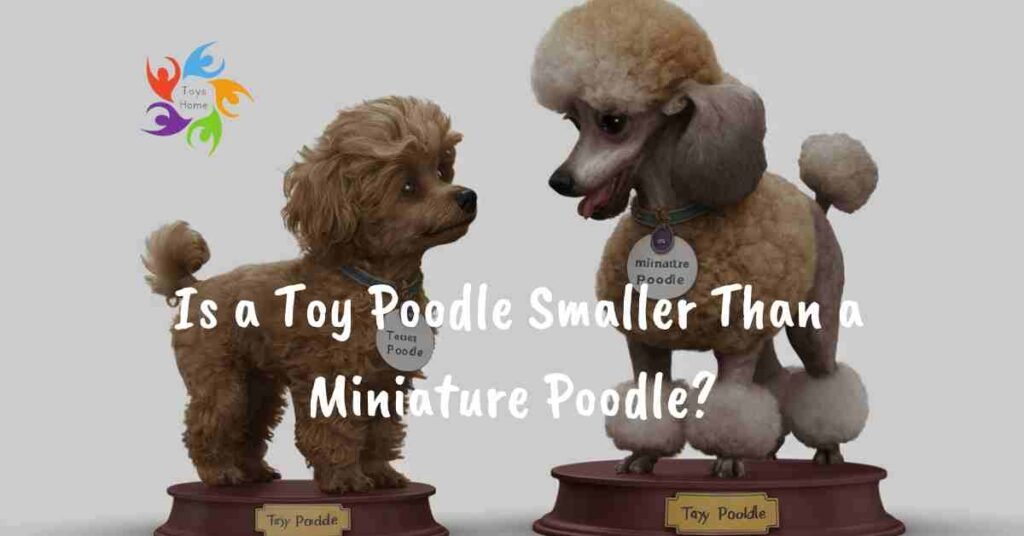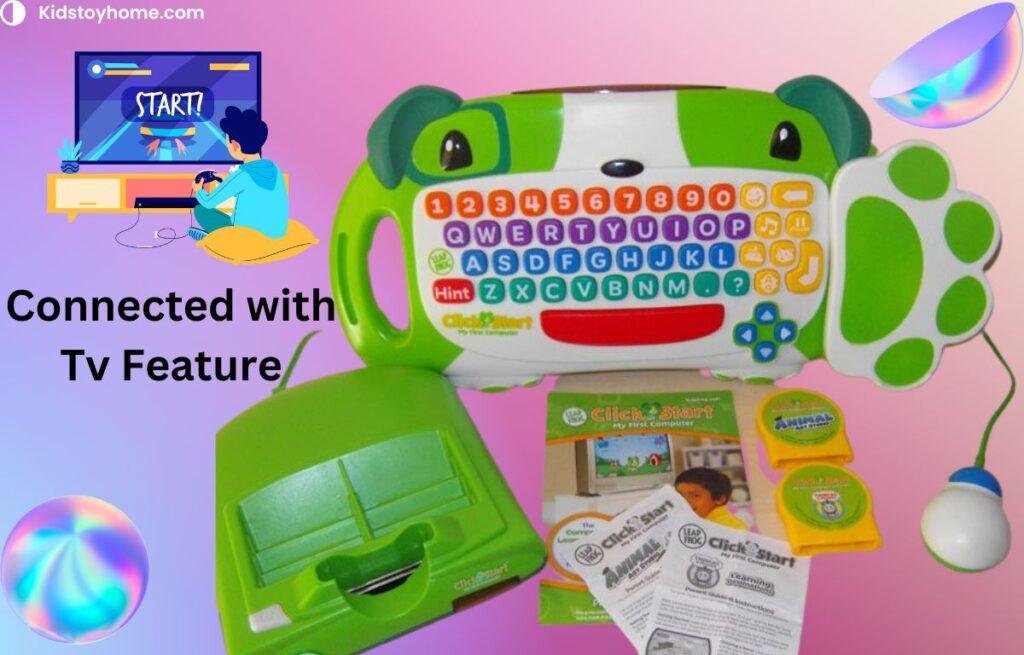Parents often observe their little kids perform things that are joyful and repetitive, like putting their toys in a row. It’s good to know that most little kids act this way. It also tells us a lot about how kids adapt and grow.
This blog post talks about why toddlers like to line up their toys and clears up some common misconceptions about the activity. It also talks about how this behaviour is excellent for toddlers’ health and includes “parenting tips for toddler behaviour.” At the conclusion, you’ll know more about why toddlers do the same behaviours over and over and how to help them.
What does it indicate when toddlers line up their toys?
When kids line up their toys, they make sure they are all straight and in the right sequence. This happens all the time. You might see a line of automobiles with their bumpers perfectly lined up, or a long line of stuffed animals that goes from tallest to shortest.
It’s amazing how concentrated and exact youngsters can be when they do this. Adults might believe it’s “just play,” but things like this might help us learn about “understanding toddler psychology” and how toddlers learn about the world in different ways.
Why You Should Know About This Behaviour
There are two reasons why you should know “why toddlers line up toys”:
Parents should relax because this behaviour doesn’t mean the youngster has autism spectrum disorder (ASD) or is stuck in their ways. A lot of the time, it’s just a normal part of growing up that happens at particular times.
A Look at Growth: This behaviour suggests that youngsters are developing smarter and gives us a peek into how they think about, sort, and order the world around them.
Let’s talk about some things that people think are true but aren’t. This is a really important part of finding out why kids act the way they do.
Mistakes and Wrong Ideas That Happen All the Time
Myth #1: “It’s Always a Sign of Autism”
Most of the time, when you search for “why toddlers line up toys,” you get information about autism. It could be a sign of ASD if someone keeps playing the same thing over and over again, but it’s not always the case.
Neurotypical toddlers generally play the same games over and over to learn about order, structure, and patterns.
It’s not a big issue if your child can line up their toys by himself. They need to learn a new language, make friends, and look people in the eye.
Myth #2: “It Means My Child Is Too Controlling”
Some people are worried that this kind of action displays a controlling or inflexible way of thinking. But things like lining up toys, which is a common sign that a toddler’s cognitive and spatial thinking skills are getting better, don’t mean that they need to be in charge.
Myth #3: “It’s Just Random Play”
Some individuals believe that toddlers don’t have a rationale for performing these things. Studies and “understanding toddler psychology” show that kids are deliberate. When they line up their toys, it’s usually a sign that they’re making real progress towards attaining their developmental milestones.
Now that we’ve shown that these ideas are wrong, let’s look at the psychology and developmental science behind this interesting trend.
“Why do kids line up their toys?” How to Sort Your Toys in Your Head
Most of the time, the answer has to do with huge things that happen when a child gets older. These are some significant reasons why, based on study in psychology and development:
1. Learning how to put things in order
Putting things in a queue may help toddlers keep their space more ordered. Sorting and putting things in order are early beginnings of logical thinking and problem-solving, which are two crucial “signs of healthy toddler development.”
For example, if your child makes a line of red bricks and a line of blue blocks, that means they are beginning to sort and order things.
2. Getting better at utilising your fingers and hands
Kids can get better at coordinating their movements by putting their toys in straight lines. “Repetitive play in toddlers” like this is important for their hand-eye coordination and the fine motor skills they will need for writing and other tasks as they get older.
3. Knowing what makes things happen
Toddlers can think that what they do has a direct effect on what happens when they line up in straight lines. This helps kids figure out how things happen and why.
4. Seeing Patterns
Kids are naturally drawn to patterns and repetition, which are critical for arithmetic and logic. A lot of “parenting tips for toddler behaviour” stress about how important it is to help toddlers understand things like this early on.
5. Things you can do to calm down
Routine and repetition can help toddlers who are feeling a lot of things or who have a lot going on. This type of play makes them feel like they have some control over their lives, which is important for their emotional maturation.
These factors explain why it’s healthy for toddlers to play the same thing over and over again, but you also need to know when to pay more attention.
When to Be Worried
Parents who want to know how their child is growing up healthy need to recognise when lining up toys is just a natural part of growing up and when it could signify something else.
Things to Watch Out For
Talk to a professional if you believe you should.
Everything is taken over by repetitive play: Your kid might not be interested if they like to arrange objects but have problems playing pretend or with other kids. They might not be interested if your child habitually avoids eye contact, doesn’t want to connect with other people, or has trouble saying how they feel.
Dates that were not met: If your child keeps playing with the same thing over and over and their speech or motor skills aren’t getting better, you should talk to a paediatrician about your worries. They can help you decide if your child needs greater supervision.
These kinds of things don’t happen very often, and when they do, there are usually more than one sign, not just one behaviour.
How to Help Your Little Ones
If your child wants to put away their toys, you don’t have to stop them. Let them “grow in a healthy way” instead. Here are some helpful “parenting tips for toddler behaviour” that can help youngsters stay healthy as they grow up:
1. Encourage Different Things
Give your child a range of toys, such puzzles and blocks, that let them play in both creative and repetitive ways. This will let kids learn a lot of new topics.
2. Have fun with them
“Why did you put your cars in this order?”
“What will happen if we put a new toy in your queue?”
This helps youngsters think outside the box and lets them know that what they want is okay.
3. Do things differently
Give suggestions for what to do next:
You can think about what might happen next in a story or adventure while your child lines up their toys. This is good for your body and mind.
4. Make it easy to find answers
Instead of a queue, tell the kids, “This time, can we make a circle?” to keep them active.
“How many stuffed animals are in the space between the couch and the door?”
5. Keep talking to each other
Don’t be afraid to seek for advice if you’re worried about how your child is acting or if they are reaching critical milestones. Getting help early is highly vital for “healthy child development.”
Last Thoughts
These behaviours allow us see the amazing things that happen when kids learn and grow. “Why do toddlers line up their toys?” is one example. One of the many “signs of healthy toddler development” is putting toys in a line. This implies kids can organise things, figure things out, and feel safe.
Parents and carers may make toddlers happy and confident by watching them, helping them, and playing with them the same way over and over again. This will help them get ready for the next stage of their growth.





